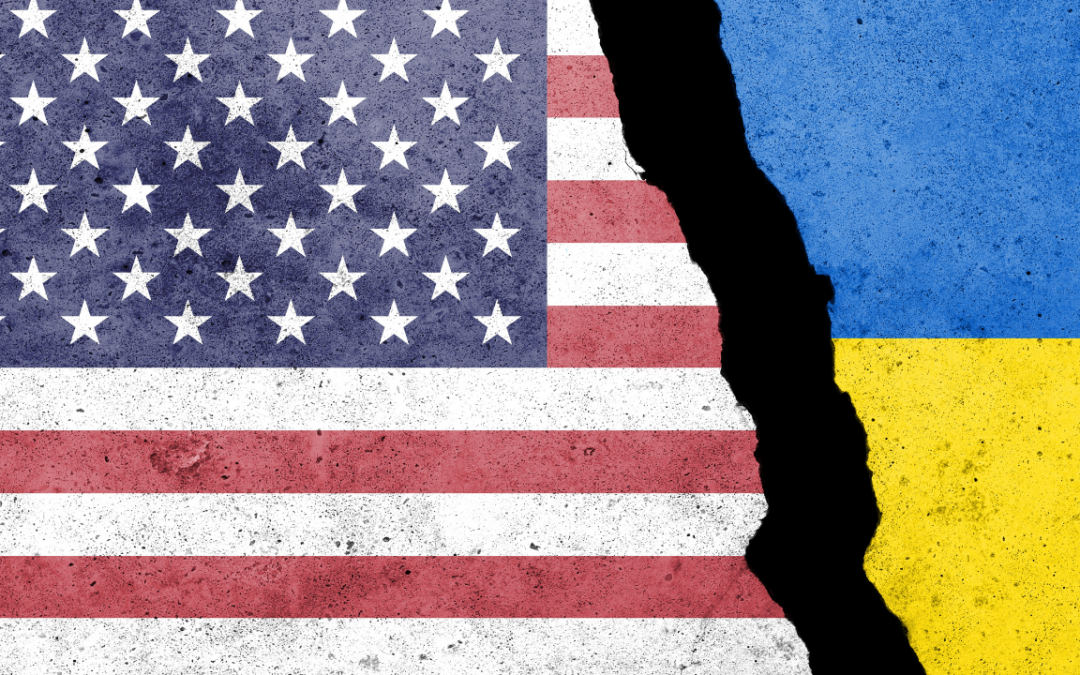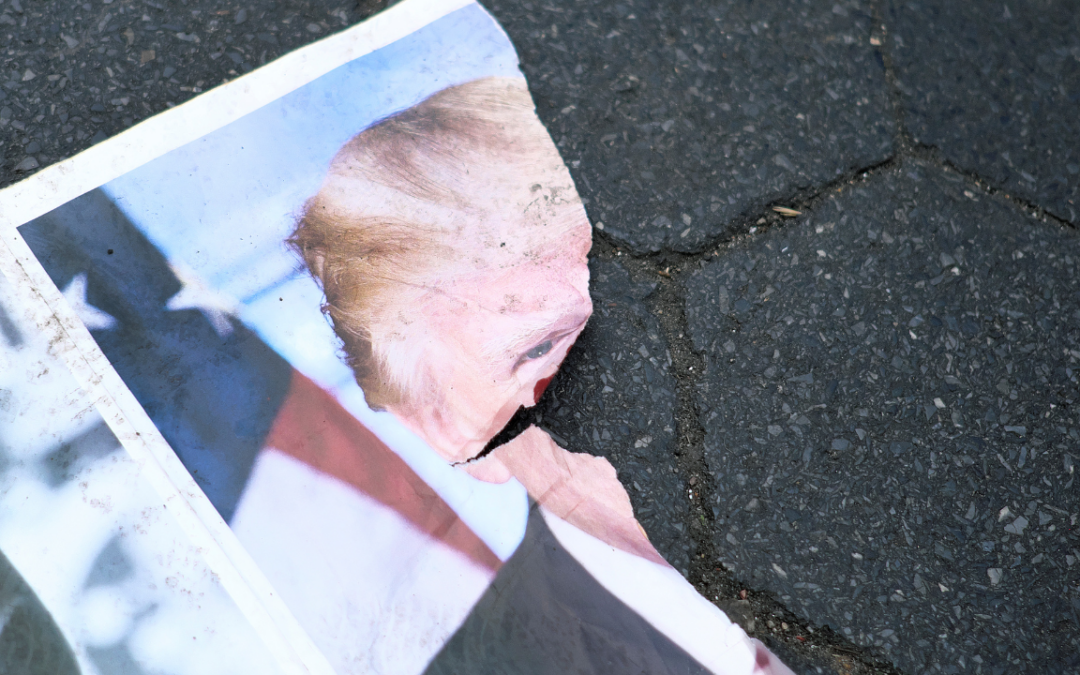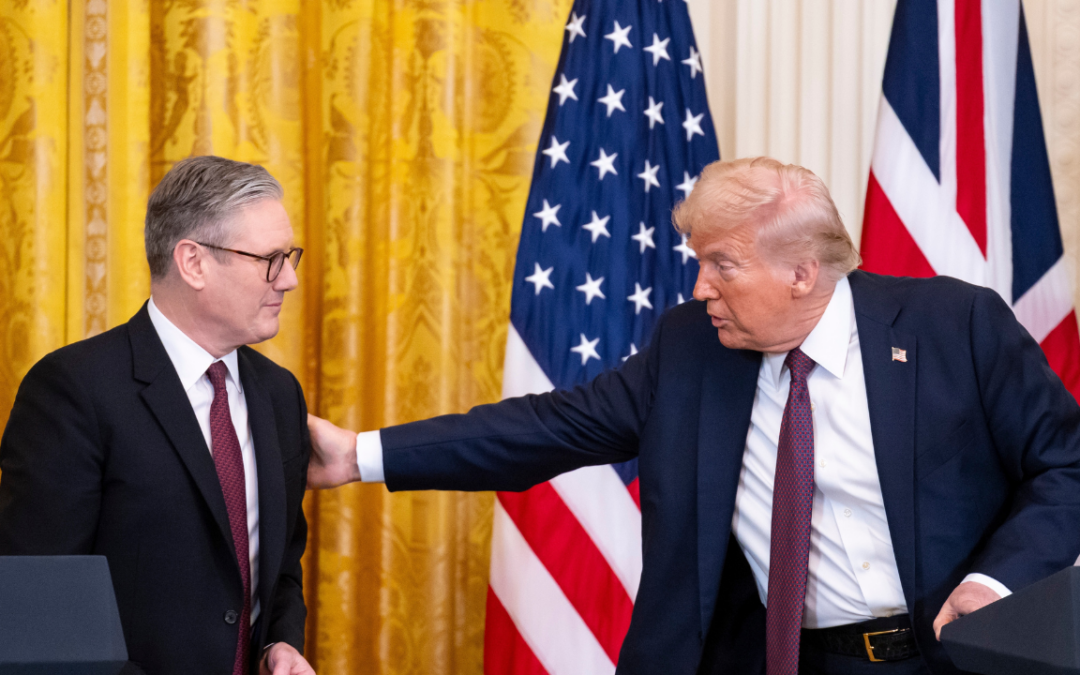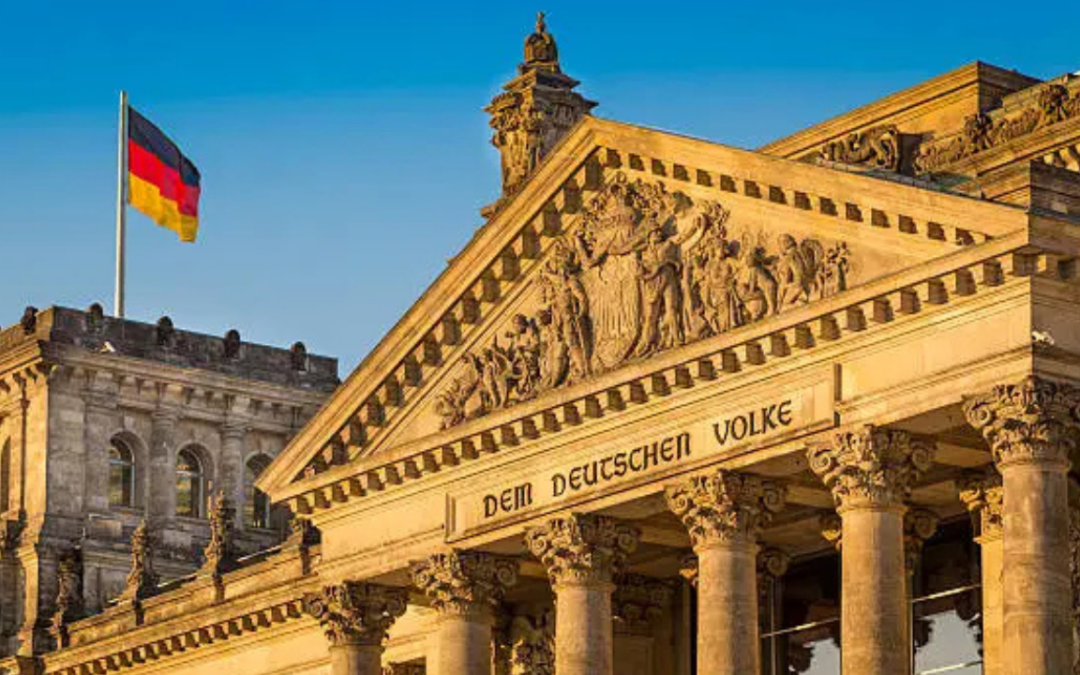Originally published at Project-Syndicate | Jun 10th, 2024
Americans’ mistrust in elections and distrust of each other are symptomatic of deep-seated cultural, structural, and institutional problems. Until these are resolved, the crisis of American democracy will persist, and voters will continue to demand new kinds of solutions – be they democratic, technocratic, or authoritarian.
MENLO PARK – For almost 20 years, the world has been in the midst of a “democratic recession,” with illiberal, nativist, and populist movements garnering increasing support – even political power – around the world. Less than 8% of the world’s population now lives in what scholars call a “full democracy.” While four in ten people are ruled by authoritarian regimes, nearly as many (38%) live in “flawed democracies,” a category that now even includes the United States, since the Economist Intelligence Unit downgraded it in 2016.
The implications of the decline of the world’s strongest supporter of liberal self-government are global, major, and must be better understood. Americans’ declining trust in each other and their system of government – and the resulting election denialism, political violence, inter-governmental conflict, and support for “strongman” rule – did not emerge in a vacuum, and holds lessons for others around the world.
A SHINING CITY IN TURMOIL
Americans’ trust in their fellow citizens has hit a generational low. Since 1994, the share of Americans with a “very unfavorable view” of the opposing political party has tripled, reflecting a sharp increase in “affective polarization” based not on policy differences, but on a visceral dislike of the other side. According to the Pew Research Center, a growing share of voters within both major parties “describe those in the other party as more closed-minded, dishonest, immoral, and unintelligent than other Americans.”
Trust in institutions is no better. The share of Americans expressing confidence in their government has not surpassed 30% since 2007 – similar to levels of trust now found in Armenia, Croatia, and Nigeria, and less than half that of Nordic countries. This distrust has now expanded to include skepticism about the electoral process itself. Almost four in ten Americans, including almost seven out of ten Republicans, believe that the 2020 US election was stolen.
Against this backdrop, it is not surprising that many voters favor regime change. Polls in recent years find that almost one-quarter of Americans are “highly disposed to authoritarianism,” and one in five express openness to military rule – up from only one in 16 in the 1990s. Threats against members of Congress have increased tenfold, from less than a thousand in 2016 to 8,000-10,000 in 2023. Since the 2020 election, three in ten election workers have reported feeling unsafe in their jobs.
Threats to civil society are also on the rise. Since 2017, more than 200 anti-protest bills have been introduced at the state level, and 38 have been enacted. In 2020 alone, at least 100 journalists were arrested in the US while reporting on protests. The House Judiciary Committee has stepped up investigations into hundreds of universities, as well as environmental and immigration groups. Lawmakers are also going after researchers who study disinformation, in what appears to be a broader effort to silence pro-democracy watchdogs. These and other measures from the authoritarian playbook are becoming more common as illiberal politicians around the world learn from one another.
Partisan conflicts within government are also on the rise. Battles over the budget are constant, often risking government shutdowns, or even a default on US debt. The Senate has struggled to confirm Supreme Court nominees. Attacks on political rivals have escalated, most recently with the impeachment of the head of America’s Department of Homeland Security in response to ongoing immigration debates. Similar conflicts are playing out between state governments and federal agencies.
A STRUCTURE BUILT IN 1787
To understand how America’s experience can inform struggles for democracy around the world, we first need to understand what lies behind all this dysfunction. Part of the problem is foundational. American democracy is a paradox by design: reflecting an intent to protect the rights and freedoms of the minority from a monarch, but built to uphold the power of white, Christian, property-holding men. At the time of its founding, only 6% of the population was eligible to vote. And though counter-majoritarian systems were common for the era (European “democracies” were also carefully designed to protect wealthy elites), America has been unique in its failure to reform these systems.
For example, the Senate and the Electoral College vastly over-represent rural populations and less populous states, while single-member, winner-take-all congressional districts force the US into a two-party system and encourage anti-democratic practices like gerrymandering (whereby elected officials draw district boundaries to benefit their own party). This creates safe congressional districts, rendering – in combination with very low turnout in primary elections – general elections largely irrelevant, because they are superseded by decisions of the smaller and more ideologically extreme primary electorate. Because of gerrymandering, almost 90% of districts are no longer competitive, which means that whoever wins the primary (usually the more extreme candidate) is pre-determined to win the general election. These structures all exacerbate polarization and create the conditions for political gridlock.
MODERN PRESSURES
But structural factors alone do not explain why American democracy has become so distinctly dysfunctional. After all, the structures aren’t new, and one can find comparable levels of affective polarization in other modern Western democracies – including Canada and Switzerland. Recent changes have added additional pressures. Changes to campaign-finance laws have played a big role. Since 2002, these laws have evolved in ways that move money away from parties – which traditionally played a moderating role, hard as it may now be to believe – and toward more extreme outside groups.
Equally important, changes in the media business have given rise to “conflict entrepreneurs” – candidates and elected officials who go to ever-increasing lengths to garner coverage and attention. Polarization is now profitable. While conflict entrepreneurship, the “outrage machine,” and violations of democratic norms have been most pronounced on the right, some expertsworry that, if America’s democratic problems remain unresolved, retaliatory violations may increase on the left as well. It is easy to imagine a scenario in which each side pursues short-term wins at the expense of the integrity of the democratic system. Tit-for-tat norm violations could quickly become a doom loop.
These elite conflict entrepreneurs are stoking the flames at a time when, for multiple reasons, the public is especially primed for polarization and tribalism. First, Americans have experienced profound changes to their core identities. Race and religion have become more firmly “stacked” on top of partisan identity than in the past, and this fusion has created “mega-identities” that reinforce partisan biases and animosity.
At the same time, these mega-identities are increasingly aligned geographically, which makes structural reforms to address democratic dysfunction even more difficult. Americans increasingly live in places where most others share their partisan views. Smaller, rural communities are disproportionately Republican, whereas Democrats have come to dominate the more densely populated coastal, urban areas. Finally, America is experiencing high economic inequality, demographic and ethnic changes, and shifting gender and religious norms, all of which many see as a threat to their longstanding social and economic status.
PUBLIC-SECTOR PROBLEMS
As America has become more polarized, its governing institutions have struggled to keep up with the demands of a more diverse, complex, and interconnected world. This is partly owing to the legislatures’ chronic failure to agree on new legislation, but the problem goes deeper. Even when popular legislation is passed, the government too often falls short on implementation. Cumbersome personnel practices, relatively low levels of pay, chronic underfunding, and layers of monitoring and oversight prevent otherwise capable leaders from executing effectively.
These challenges have persisted for decades, partly because both parties have, for different reasons, undermined government capacity. On the left, efforts to expand “citizen voice” (as a check on corruption or abuses of power) have produced a highly bureaucratic, risk-averse civil service hamstrung from governing nimbly and effectively. And on the right, of course, government has long been seen as the problem, not the solution. Conservatives decry the fact that, since the beginning of World War II, the executive branch alone grew from 700,000 employees to more than two million, creating skepticism about the capacity of government to deliver effectively.
Opposition to “big government” reached its zenith in the 1990s, with a call to “reinvent government” by making it both smaller and (theoretically) more efficient. The executive branch cut its workforce by 250,000 – an 11% reduction that made it “the smallest since John F. Kennedy was president.” These cuts – the so-called “self-lobotomy” of American government – quickly spread to Congress, which slashed the number of professional staffers by more than one-third and eliminated the Office of Technology Assessment entirely. Over time, these cuts would lead to a range of problems – from a loss of government expertise and capacity to outdated technology, processes, and management, and the demoralization of current and prospective public servants.
Americans thus are left with a system that struggles to get things done. Even when new policies are adopted, they often do not represent public preferences (as is the case with abortion, climate change, gun control, and many areas of health care). And even when policies do command strong popular support, the government struggles to implement them effectively.
PROTECTING ELECTIONS IS JUST THE START
As threats of authoritarianism and illiberalism rise around the world, what can be done to salvage democracy in the country that has long been its most vocal (if flawed and self-serving) champion?
The work that is now required is much broader than defending any one election or countering a particular anti-democratic candidate. America’s fault lines run deep, and the country remains sharply – and evenly – divided. Public trust is at historic lows, governing institutions are struggling to deliver, and today’s highly fragmented media and technology ecosystems are incentivized toward the business of conflict entrepreneurship.
These challenges are both broad and deep. The defense of elections is essential, of course, and most of America’s pro-democracy movement is heavily focused on election-related issues such as pushing for better election administration (73% of those surveyed) or increasing voter engagement (86%). But the loss of confidence in elections is merely a symptom of much deeper cultural, structural, and institutional problems. Until these underlying problems are resolved, distrust in America’s elections, and institutions, will persist, and Americans will continue to demand new solutions – be they democratic, technocratic, or authoritarian.
Those defending democracy around the world must take seriously the criticisms that have driven the recent trend toward autocracy. The task is not just to defend existing democratic systems – in fact, many current critiques are grounded in legitimate concerns. Instead, the task is to reform our governing systems in ways that are grounded in democratic norms and values, but also responsive to contemporary demands. We live in a world of growing diversification, polarization, and globalization (especially when it comes to media and information), and our lives are increasingly affected by the pervasive pressure of technology and climate change.
Shoring up elections and defending against authoritarian coups and power grabs is merely the first step. We must begin to re-imagine our democratic institutions and cultures for a world far different from the one in which they originated. Democracies around the world that are now confronting similar cultural, demographic, economic, technological, and environmental problems would do well to get ahead of them.
Kelly Born: A former director of Stanford University’s Cyber Policy Center, is Director of the Democracy, Rights, and Governance initiative at the David and Lucile Packard Foundation.



